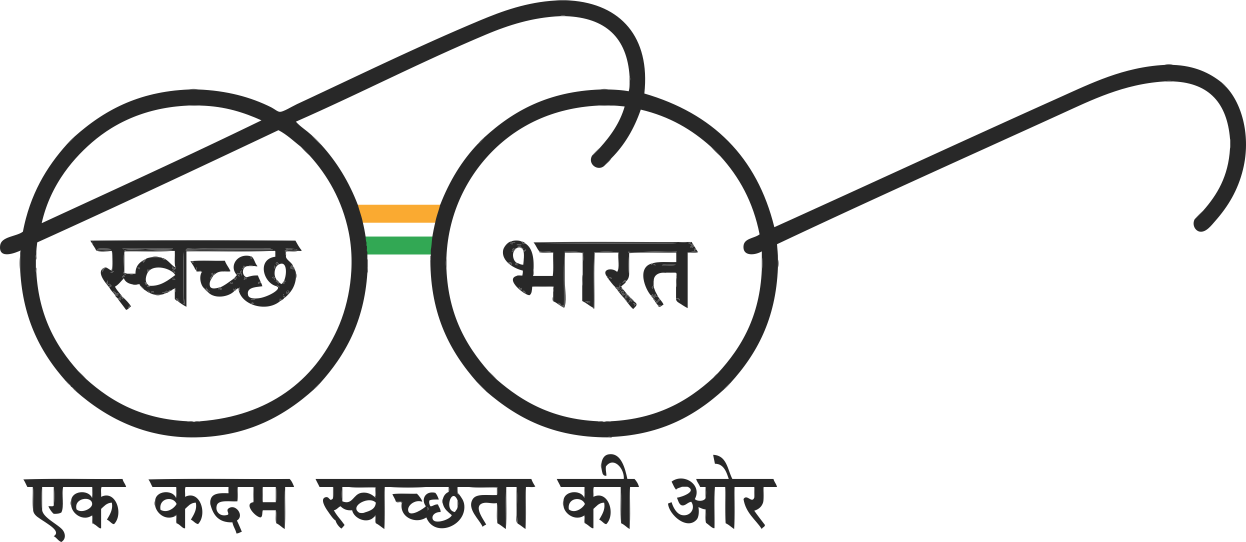
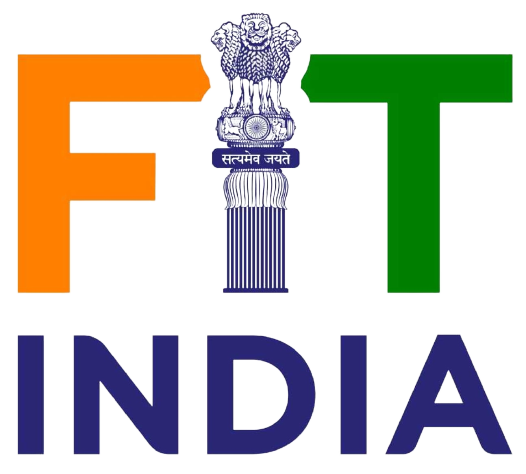
Vocational Education & Training for Youth




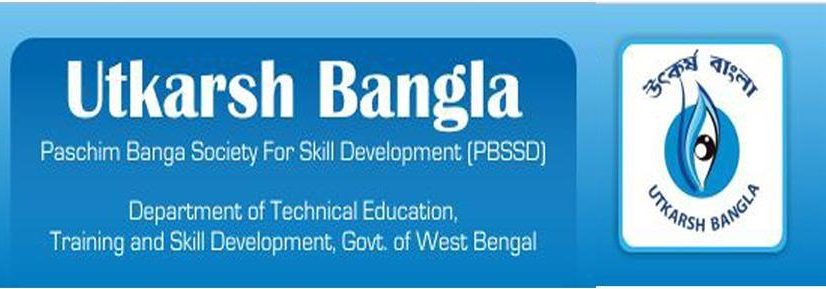




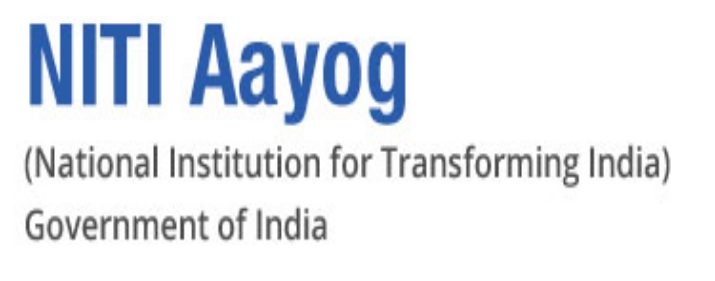











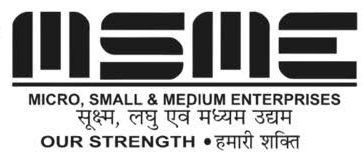
Problem for Vocational Education Implementation
Vocational training has been successful in India only in industrial training institutes and that too in engineering trades. There are many private institutes in India which offer courses in vocational training and finishing, but most of them have not been recognized by the Government. Firstly required steps should be taken to recognize appropriate institutes those fulfil the underlined criteria. Vocational Higher Secondary schools are under MHRD in India. This need to be made strong as this is the base of Vocational Education. Through, the study of the prevalent Vocational Education System in India the following problem areas have been identified -:
Apart from that However there is a lot of variation among the various programs in terms of duration, target group, entry qualifications, testing and certification, curriculum, etc. which has resulted in problems related to recognition of qualifications, equivalence and vertical mobility.
Skills, Knowledge and innovation are important driving forces of economic growth and social development in our country and country with higher levels of skill, adjust more effectively to challenge and opportunities in the global economy.
Rashtriya Mission of Education & Training (RMET Skill Council)
An Initiative of Rashtriya Siksha Vikash Abhijan.
Secretariate Office:
Mollaroad, Khandaghosh, Purba Bardhaman, West Bengal-713424
Email: contact@rmetskillcouncil.org
Contact No.:-9733362672
Plot No. 38b, Upper Ground Floor, Dwarka More, Metro Station, Pillar No.: 773, New Delhi-110059
Email: rmetskillcouncil@gmail.com
Contact No.: 8637338013